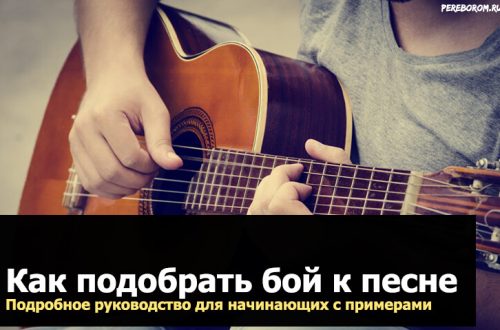
How to choose an acoustic guitar. Tips for beginner guitarists.
Contents
- How to choose an acoustic guitar? Introductory information
- Acoustic and classical guitar – what is the difference and which is better?
- Estimate your budget
- Is it worth it to buy an expensive guitar for learning?
- How to determine the quality of a guitar?
- Country of manufacture and brand
- Material of manufacture
- The most important factors when choosing a guitar:
- How much should a good guitar cost for a beginner?
- Guitar Examples for Beginners
- Optional Accessories
- A brief guide to choosing a guitar

How to choose an acoustic guitar? Introductory information
The current market for musical instruments offers a huge variety of instruments from all price ranges, materials and quality levels. Every person who wants to start acquaintance with the world of guitars will definitely come across so many different commodity items, and will inevitably get confused and lost in them. How to choose a guitar for beginners? Which tool is good and which is bad? What is the first thing to pay attention to? The answers to all these questions are contained in this article.
Acoustic and classical guitar – what is the difference and which is better?
Acoustic guitar
This instrument has steel strings, thanks to which the sound it produces is more resonant and richer than that of a classical guitar. Its neck is narrower and longer, and it also has a more comfortable truss rod, which is important if you need to adjust the neck deflection. The body of this guitar is larger, which greatly affects the sound. This is a more modern instrument, which is used by most of the famous guitarists.
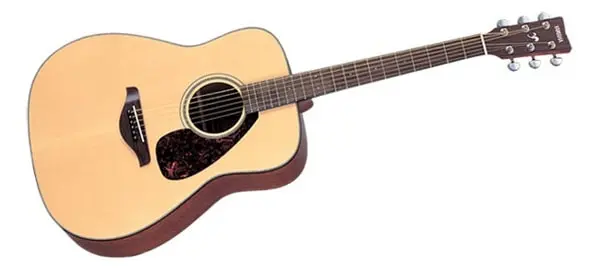
classical guitar
It is also called the “Spanish” because its design is as close as possible to the classical Spanish guitar. Its neck is wider and is played with nylon strings, which are much softer than steel strings. In addition, it has a narrower body – due to which its sound becomes more muffled. It is very easy to play various fingering and fingerstyle patterns on it, but the standard “chord” songs on it sound muffled and not as bright as on an acoustic guitar.
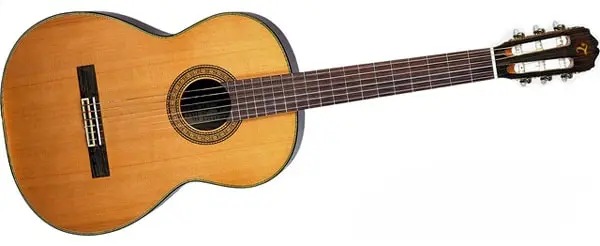
Which is better?

Estimate your budget

Is it worth it to buy an expensive guitar for learning?

How to determine the quality of a guitar?

Country of manufacture and brand
Of course, you should also pay attention to the country. Where was the guitar made? The priority, of course, is America or Japan – if we are talking about acoustic guitars, or Spain and the Czech Republic – if we are talking about classical instruments.
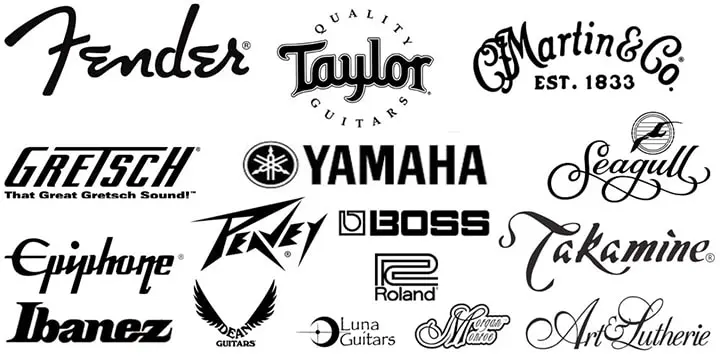
Brands are also important – since the most famous manufacturers have long been verified by customers and have earned their popularity. Among classical guitars, these are Perez, Alvaro and Strunal. Among the acoustic – definitely Ibanez, Yamaha, Takamine.
However, it is worth notingthat the brand does not guarantee XNUMX% quality, so it should be looked at last when choosing a tool.
Material of manufacture
Below is a list of the types of wood that are most often used in guitar production, as well as information about what they are in general. This is done so that you better understand what to look for, and also answer the question for yourself – How to choose a good sounding guitar?
For convenience, we will conditionally divide the components of the guitar into the upper part of the soundboard, as well as its side parts.
Top part
1. El. It gives a clear, sharp and booming sound. This is the material most acoustic guitars are made of. In combination with steel strings, it gives a very bright sound, with good sustain.

2. Cedar. This type of wood has a duller sound, which is distinguished by a certain warmth. It is from cedar that classical instruments are made. Nylon strings also contribute to the fact that at the output you get a muffled, but at the same time very warm and gentle sound.

Side and back
1. Rosewood. This breed endows the sound with a deeper and, as it were, viscous sound.

2. Mahogany. It is the most optimal breed, which is used both in the production of acoustic and classical instruments. This is a very melodic and singing breed, which has a soft and even sound.

3. Maple. It has a very sharp sound that goes well with sonorous metal strings.

Read more: Chords for Beginners
The most important factors when choosing a guitar:
Convenience

You must like the guitar

good sound

keep in line

No defects

How much should a good guitar cost for a beginner?
There is no specific answer to this question, exactly the same as to the question what is the best guitar for beginners? You need to choose an average price range and look inside it, slightly deviating up or down. Among inexpensive guitars there are very successful models, just like among non-budget options there are frankly failed ones.
Guitar Examples for Beginners
Yamaha C40
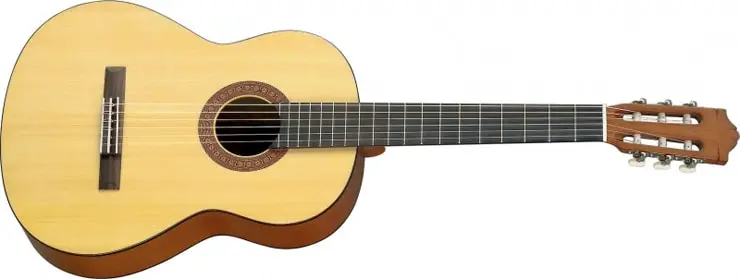
A good option for an inexpensive classical guitar from a well-known manufacturer. Made of spruce, rosewood and mahogany, which guarantees a good, deep and soft sound. A fairly popular model from a low price range.
Yamaha F310
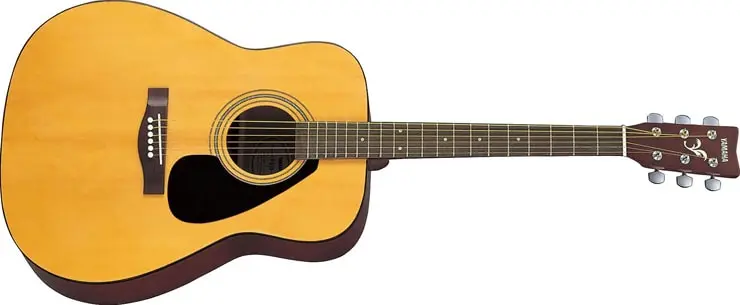
Acoustic guitar made of rosewood, spruce and mahogany. A great option for a beginner guitarist is a very high-quality model that will definitely last for quite a long time. Belongs to the low price range.
Fender Squier SA-105
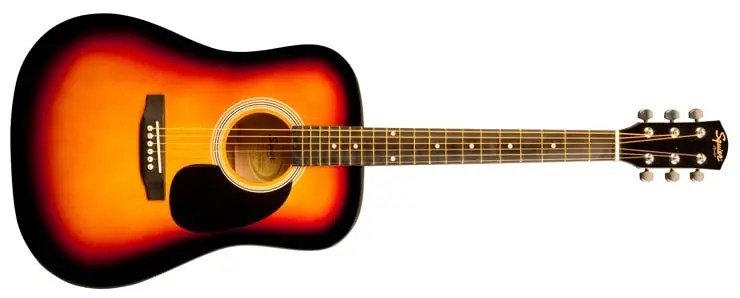
Another version of the acoustic instrument. Made from spruce and rosewood, and cheaper than the previous model. Perfect for a beginner to start learning the basics of guitar skills. Will last long and reliably.
Optional Accessories
When buying a guitar for the first time, be sure to buy the following items to load the instrument:
— Case for carrying the guitar; – Tuner, preferably clothespin, for tuning the instrument; – A special polish so that later you don’t have to think about how to wipe the guitar; – Additional set of strings. Before changing, it’s best to learn how to change guitar strings; – Several mediators for playing in combat; – A strap to hang the guitar around your neck and play standing up.
A brief guide to choosing a guitar
- Decide on your budget;
- Consider what type of guitar you want to buy;
- Read about the materials of manufacture;
- While shopping – sit and play the guitar for a while, check how comfortable it is;
- Listen to her – do you like the sound;
- Check for defects;
- Make sure the guitar is in tune.
If you like the guitar, and it has no complaints about the sound and appearance, then feel free to purchase the instrument.




